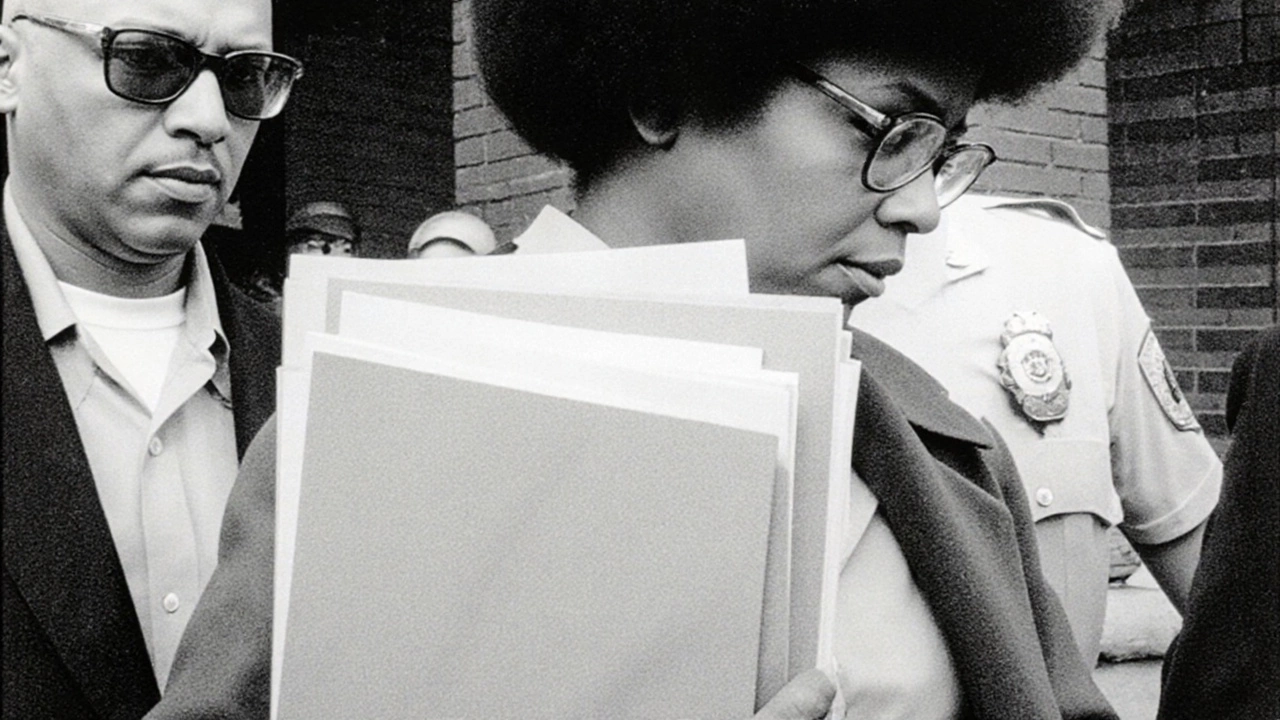Assata Shakur – Who She Is and Why She Matters
When you hear the name Assata Shakur, a former member of the Black Liberation Army who fled prison in 1977 and has lived in exile since. Also known as Joanne Chesimard, she symbolises the clash between radical activism and state power.
Understanding Black Liberation Army, an underground militant group that emerged from the civil‑rights era to demand armed self‑defence for Black communities is essential because Assata’s actions were deeply rooted in its ideology. The organization’s tactics, its network of supporters, and its confrontations with law enforcement set the stage for the legal battles that followed.
The FBI, the United States Federal Bureau of Investigation, which led the COINTELPRO program aimed at disrupting Black activist groups played a pivotal role in shaping Assata’s story. COINTELPRO’s surveillance, infiltration, and disinformation campaigns created an atmosphere of distrust that fed directly into the courtroom drama and eventual escape.
Key Themes Around Assata Shakur’s Life
Assata’s status as a political prisoner, someone convicted for actions that many view as politically motivated rather than purely criminal fuels ongoing debates about justice and oppression. Her supporters argue that her trial was riddled with bias, while critics point to the violent incidents tied to her group. This tension illustrates how legal outcomes can become symbols in broader social movements.
Beyond the courtroom, Assata’s autobiography and public speeches have influenced a new generation of activists. Topics like prison reform, self‑determination, and intersectional resistance appear repeatedly in modern protests, showing that her narrative still resonates. In this sense, she bridges historical civil‑rights struggles with today’s fight for racial equity.
When you consider the impact of civil rights activism, the broad movement from the 1950s onward that sought to end segregation and secure voting rights for Black Americans, Assata’s story adds a radical dimension to the mainstream narrative. Her experience demonstrates that not all activists chose non‑violent tactics; some believed armed resistance was the only viable path.
Media coverage of Assata’s case also highlights the role of public perception. Newspapers of the 1970s often painted her as a terrorist, while later documentaries and scholarly works re‑evaluate her actions through a lens of systemic oppression. This shift underscores how interpretation of events evolves with social awareness.
Internationally, her asylum in Cuba reflects the geopolitical dimension of her story. The Cold War context turned her into a pawn in larger ideological battles, with the United States demanding her extradition and Cuba refusing. This diplomatic standoff shows how individual activists can become symbols in global power plays.
All these threads—militant activism, state surveillance, legal controversy, media framing, and international politics—intersect in the figure of Assata Shakur. Below you’ll find a collection of pieces that dive deeper into each aspect, from her early years in the Black Liberation Army to the lasting influence of her writings on modern movements.

Assata Shakur, Former Black Liberation Army Fugitive, Dies in Cuba at 78
Sep, 27 2025